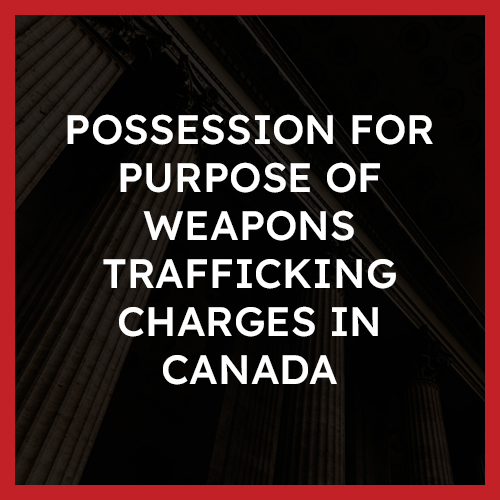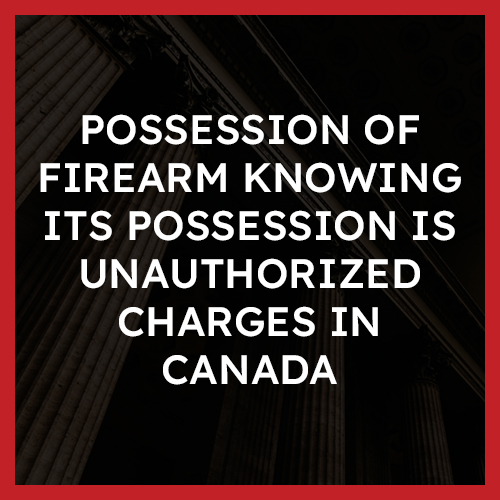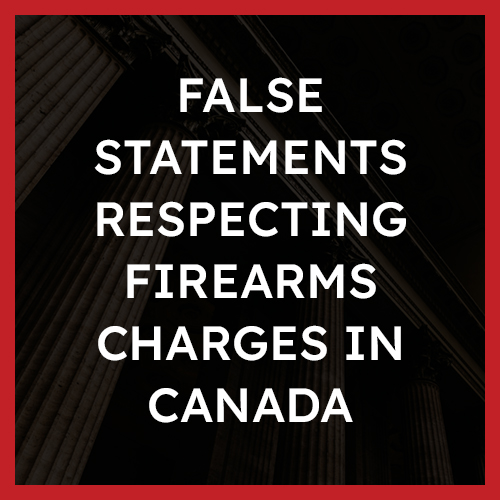How are firearms regulated in Canada?
In Canada, unlike in the United States, there is no right to bear arms. Here, the use and ownership of firearms is heavily regulated by provincial and federal statutes and regulations, as well as municipal by-laws. If you contravene the laws and regulations that govern the use of firearms in Canada, you can be charged with a criminal offence or a non-criminal regulatory offence.
In accordance with the Criminal Code, a firearm includes any barrelled weapon from which a shot or bullet can be discharged and that is capable of causing serious bodily injury or death to a person.
The rules that apply to you when you are using firearms depend on the type of firearm you have. Section 84 of the Criminal Code sets out three classes of firearms, and the different rules apply to each category:
- Prohibited firearms, or firearms that are illegal to own in Canada. Prohibited firearms include guns like automatic guns, sawed off shotguns, and guns that are less than 105 mm in length.
- Restricted firearms are firearms that you can own if you successfully complete a safety course and obtain a licence to hold restricted firearms under the Firearms Act. Restricted firearms include handguns that are not prohibited, semi-automatic guns, firearms that discharge centre-fire ammunition, and firearms that have a barrel that is less than 470 mm in length.
- Non-restricted firearms generally include the types of guns that are used for hunting, like rifles and shotguns. Non-restricted firearms can be used once someone has obtained a licence in accordance with the requirements set out in the Firearms Act.
In order to lawfully own a firearm, a number of steps must be taken. First, an individual who wants to own a firearm needs to take the Canadian Firearms Safety Course (CFSC). If an individual wants to lawfully own a restricted firearm, the Canadian Restricted Firearms Safety Course (CRFSC) must be taken. Once the course is taken, a safety exam based on the contents of the course must be successfully completed.
Once you have completed the course and the test, you must submit an application to obtain a licence. Even if you have successfully completed the safety course and passed the test, it is still possible that your application to obtain a licence will be rejected if it is found that it is not in the “interests of safety” that you own a firearm. In accordance with the Firearms Act, some of the factors that are considered when determining whether it is in the interests of safety for someone to hold a firearms licence include:
- Whether they have been convicted of a violent offence within the past 5 years;
- Whether they have been confined to a prison or treated with a mental illness associated with violence within the past 5 years; and
- Whether they have shown a pattern of behaviour that includes violence or attempted violence within the past 5 years.
However, it should be noted that these factors are not exhaustive, and under the Firearms Act a licence can still be rejected if there are other grounds that indicate it would be unsafe to provide a person with a firearms licence. Other grounds may be things such as prior criminal offences outside of the five year window, a history of alcohol or substance abuse, or the fact that the person applying for a licence is the subject of a firearms prohibition order following a conviction for a criminal offence.
If you have successfully obtained a licence for restricted firearms and would like to be able to transport a restricted firearm between your home and another place, you will have to file additional paperwork to obtain authorization to transport your gun. An authorization to transport will typically allow you to transport a firearm to a shooting club or a shooting range, from your old residence to your new residence if you are moving, to a place for repair, storage, sale, importation or appraisal, or to a gun show.
About The Author







